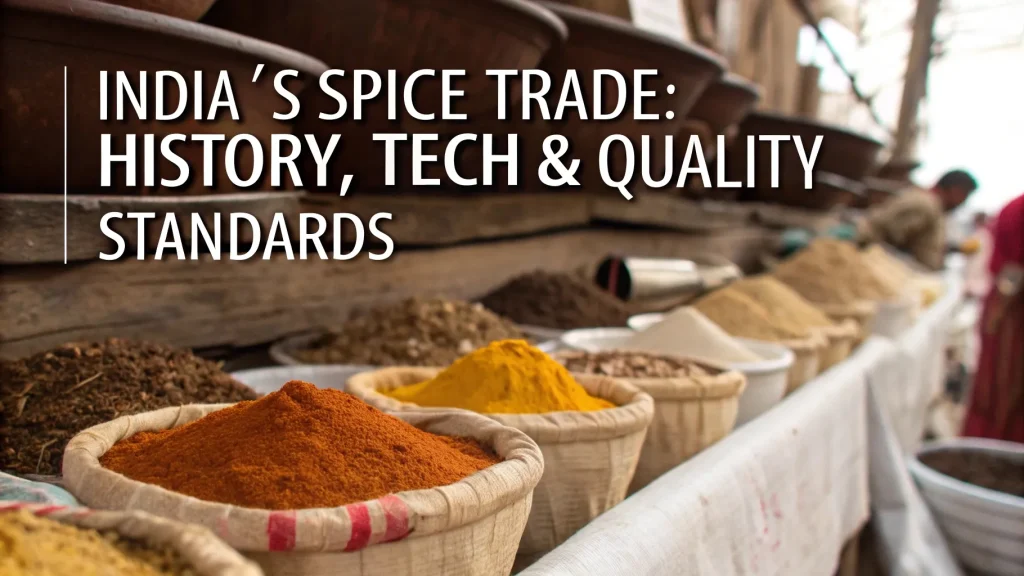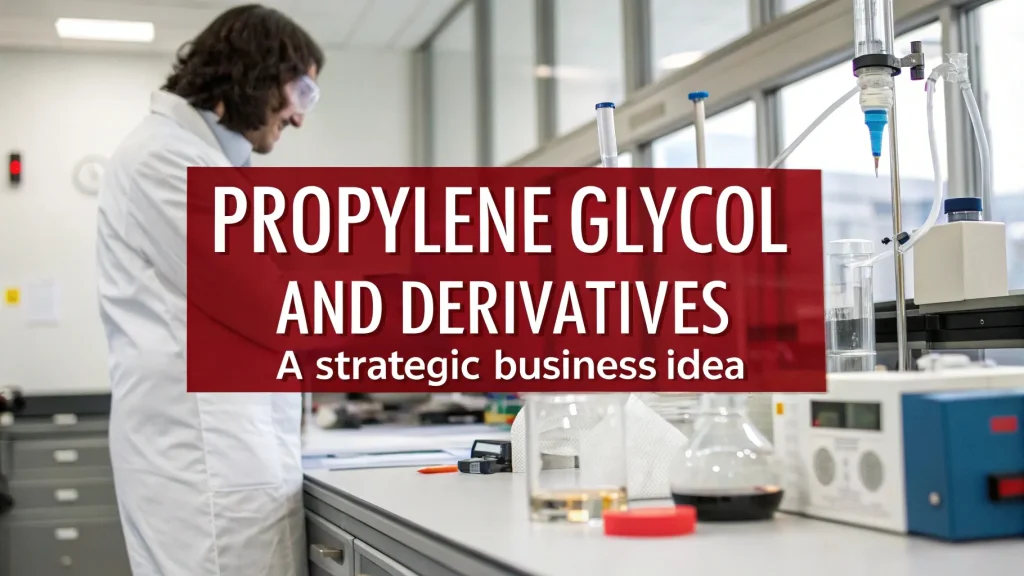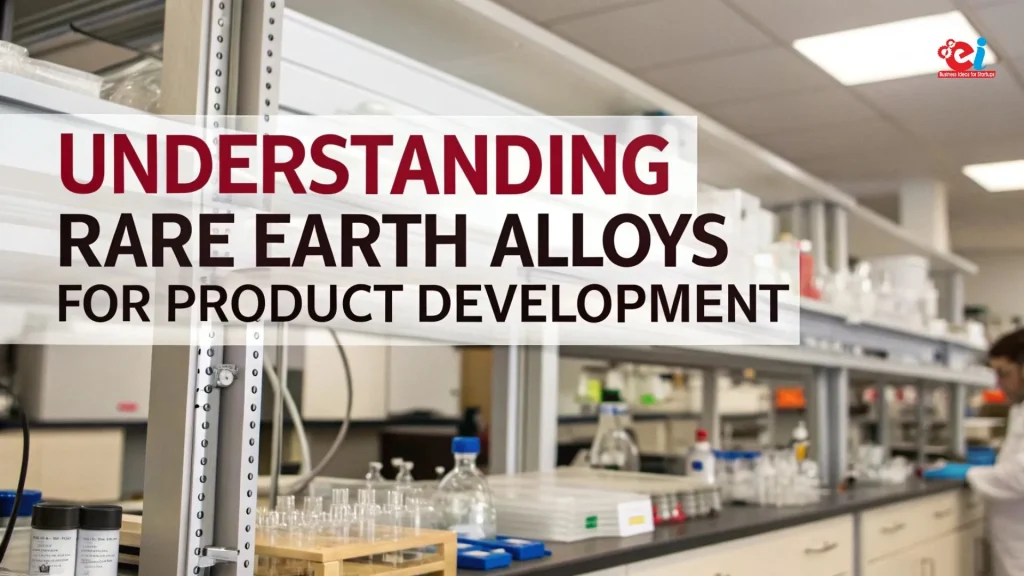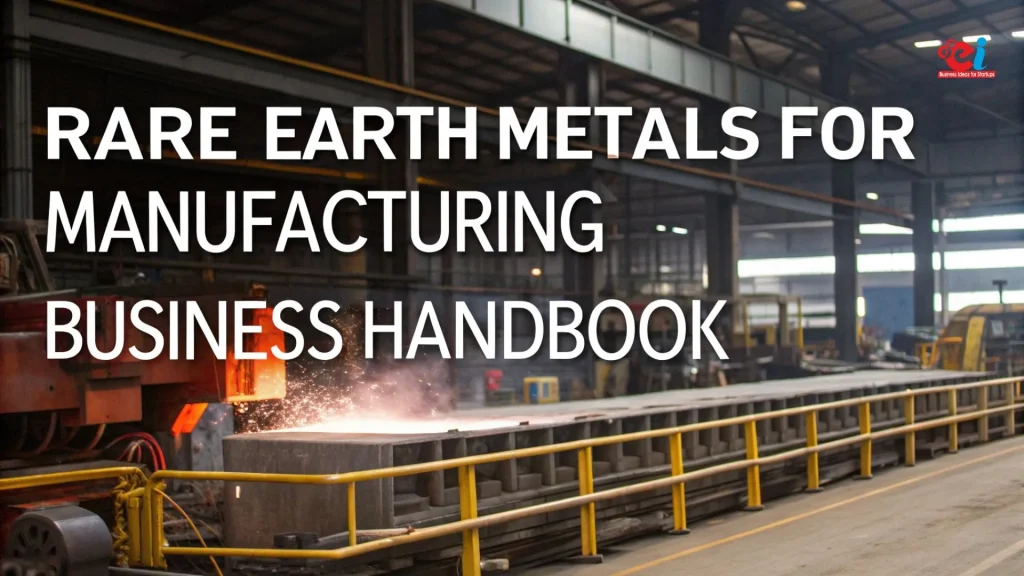Polyester putty is a two-component material widely used in the automotive industry for surface finishing and dent repair. It serves as a filler material that is easy to apply, quick to cure, and provides a smooth base for painting. With the increasing demand for vehicle maintenance and aesthetics, the manufacturing of polyester putty is gaining attention as a lucrative business opportunity.
This article provides a detailed feasibility and techno-economic viability study of setting up a polyester putty manufacturing plant. It covers the market potential, production process, raw materials, machinery, cost structure, and profitability analysis to help entrepreneurs and investors make informed decisions.
Market Overview and Demand Analysis
Automotive Aftermarket Growth
The global automotive aftermarket is expanding rapidly, with car owners increasingly investing in vehicle maintenance, body repair, and refinishing. According to industry reports, the Indian automotive aftermarket alone is expected to reach USD 32 billion by 2026. Polyester putty plays a crucial role in this sector, particularly in dent repair and body refinishing tasks.
Market Potential for Polyester Putty
The rise in road accidents, increased car ownership, and growing popularity of car detailing services are boosting the demand for polyester putty. This presents a significant market opportunity for new players in the manufacturing of polyester putty. Apart from automotive applications, polyester putty is also used in marine, construction, and woodwork industries, making it a versatile product with multi-sector appeal.
Visit this Page for More Information: Start a Business in Paint Industry
Technical Aspects of Polyester Putty Manufacturing
Raw Materials Required
The key raw materials involved in the manufacturing of polyester putty include:
-
Unsaturated Polyester Resin: The primary binder that gives strength and adhesion.
-
Talc Powder / Calcium Carbonate: Acts as a filler material for bulk and consistency.
-
Titanium Dioxide: Used for pigmentation and whiteness.
-
Benzoyl Peroxide (BPO): Acts as a hardener (sold separately).
-
Plasticizers and Stabilizers: Improve workability and shelf-life.
-
Solvents (Styrene Monomer): Used to control the viscosity of the mix.
Machinery and Equipment Needed
To set up a small to medium-scale polyester putty production plant, the following machinery is required:
-
High-speed mixer or sigma mixer
-
Weighing scales
-
Storage tanks and drums
-
Dispensers and filling machines
-
Packaging unit
-
Safety gear and fire extinguishers
-
Quality control equipment (viscometer, density meter, etc.)
Manufacturing Process
The manufacturing of polyester putty involves the following steps:
-
Raw Material Weighing: All ingredients are weighed according to the batch formula.
-
Mixing: Polyester resin, fillers, pigments, and plasticizers are blended in a high-speed mixer to form a homogeneous paste.
-
Adjustment of Consistency: Solvents are added to achieve the desired viscosity.
-
Deaeration: The mixture is deaerated to remove trapped air bubbles.
-
Filling and Packaging: The final product is filled into containers and packed for distribution.
-
Quality Control: Each batch is tested for consistency, density, spreadability, and curing time.
Techno-Economic Viability of Polyester Putty Manufacturing
Plant Capacity and Setup
Let us consider a small-scale plant with a capacity of 500 kg/day working 25 days per month. The setup space required would be around 1000-1200 sq. ft., including production, storage, and office areas.
Capital Investment Estimate
| Component | Estimated Cost (INR) |
|---|---|
| Machinery & Equipment | ?8,00,000 |
| Land & Building (rented/lease) | ?1,00,000 |
| Initial Raw Materials | ?3,00,000 |
| Working Capital (3 months) | ?5,00,000 |
| Licenses & Registration | ?50,000 |
| Miscellaneous | ?50,000 |
| Total Estimated Investment | ?18,00,000 |
Recurring Costs
| Expense Head | Monthly Cost (INR) |
|---|---|
| Raw Materials | ?2,50,000 |
| Labor (5 workers) | ?1,00,000 |
| Utilities & Power | ?25,000 |
| Packaging | ?20,000 |
| Transportation & Marketing | ?30,000 |
| Miscellaneous | ?15,000 |
| Total Monthly Operating Cost | ?4,40,000 |
Revenue and Profit Analysis
Assuming the product sells at ?120 per kg and the monthly production is 12,500 kg (500 kg/day × 25 days):
-
Monthly Revenue = ?120 × 12,500 = ?15,00,000
-
Monthly Operating Cost = ?4,40,000
-
Gross Profit = ?10,60,000
-
After deducting taxes and depreciation, a small-scale unit can achieve a net profit of ?8–9 lakhs/month.
Regulatory and Compliance Requirements
To legally operate a polyester putty manufacturing unit, the following registrations and licenses are required:
-
MSME/Udyam registration
-
GST registration
-
Factory license
-
Pollution Control Board clearance (due to the use of resins and solvents)
-
Fire safety clearance
-
Trademark registration for brand protection
Ensure that the facility complies with local zoning laws, waste disposal norms, and safety regulations, especially for handling chemicals like styrene and BPO.
Read our Books Here: The Complete Book on Resins
SWOT Analysis of Polyester Putty Manufacturing
Strengths
-
High demand from automotive aftermarket
-
Low investment for small-scale setup
-
Quick product turnover and returns
-
Customization opportunities (different grades/colors)
Weaknesses
-
Handling of hazardous chemicals
-
Shelf life concerns
-
Requires skilled labor for quality control
Opportunities
-
Expansion into construction and marine industries
-
Export potential to nearby developing countries
-
Value-added products (metal putty, glass fiber reinforced putty)
Threats
-
Rising raw material prices
-
Fluctuating demand due to seasonal factors
-
Competition from established brands
Watch other Informative Videos: Paint Formulation and Process
Marketing and Distribution Strategy
To ensure profitability in the manufacturing of polyester putty, the following marketing strategies can be adopted:
-
Partner with local auto workshops and garages
-
Appoint distributors in major cities
-
Register on B2B platforms like IndiaMART, TradeIndia
-
Invest in packaging and branding to stand out
-
Offer combo kits with hardener and applicator tools
-
Run digital marketing campaigns targeting body shops and vehicle detailers
Conclusion
The manufacturing of polyester putty for cars is a promising and economically viable business idea, particularly for entrepreneurs interested in the automotive or chemical industry. With growing vehicle numbers and emphasis on car aesthetics, the demand for high-quality surface finishing products like polyester putty is bound to rise.
By investing in the right technology, ensuring strict quality control, and adopting effective marketing strategies, a polyester putty manufacturing business can achieve strong returns with sustainable growth. This feasibility and techno-economic viability study confirms that setting up such a unit is both practical and profitable with the right execution.






